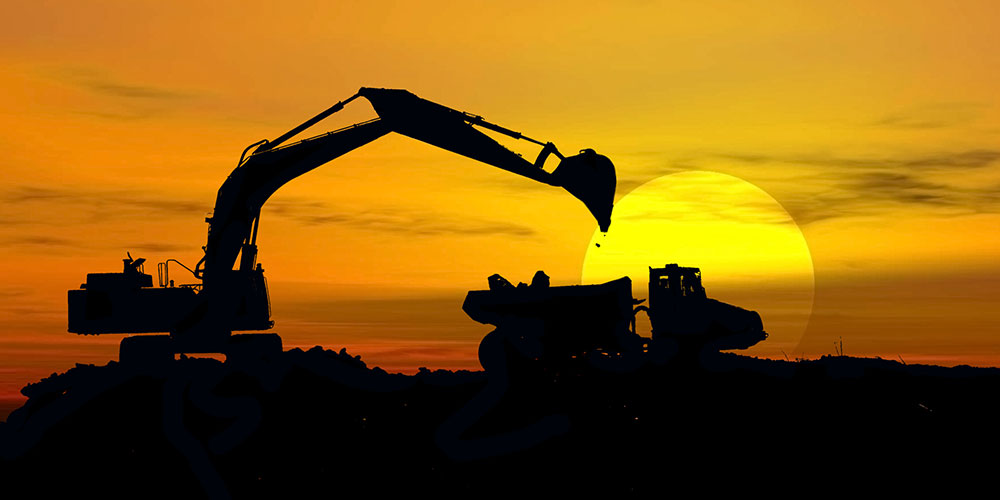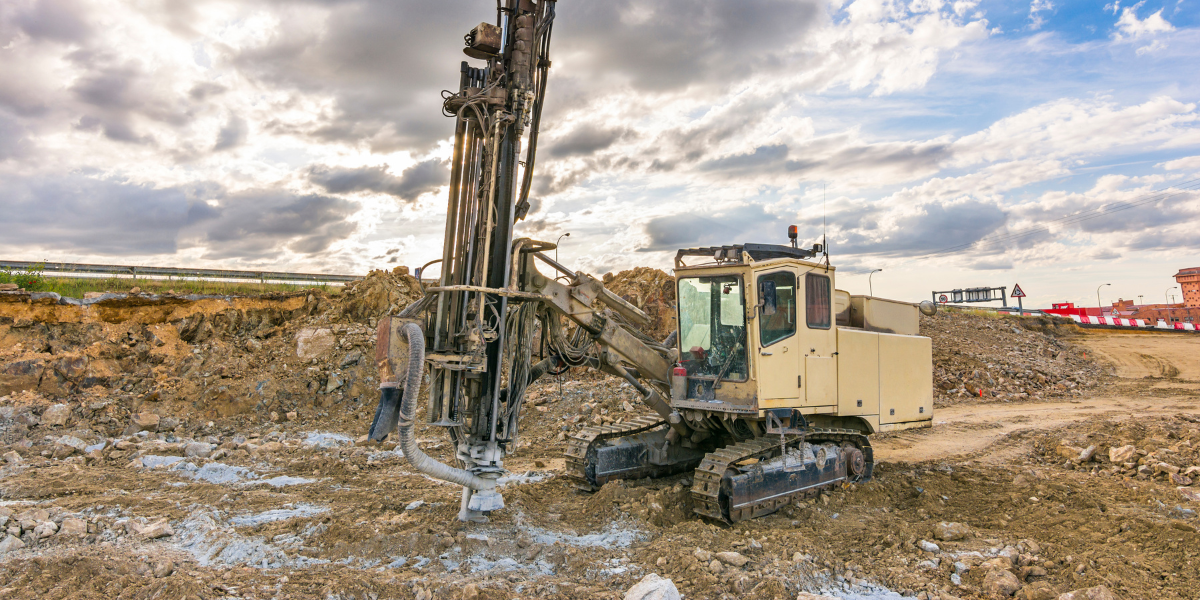Just How Consulting Engineers Enhance Geotechnical Design Projects: Insights Into Their Know-how, Methods, and Collaborative Approaches
Consulting designers are crucial in enhancing geotechnical design projects, applying their specialized understanding to browse the intricacies of subsurface conditions. Their collective strategies foster communication amongst varied task stakeholders, ultimately shaping the job's trajectory.
Duty of Consulting Engineers
The competence of consulting engineers in geotechnical design is fundamental to the successful implementation of building jobs. These specialists play a pivotal role in evaluating soil and rock residential or commercial properties, which are essential factors influencing layout and construction decisions. By carrying out comprehensive website examinations, getting in touch with designers accumulate essential data that informs the style procedure, guaranteeing tasks are built on stable and appropriate ground.
Consulting engineers likewise supply vital understandings right into danger administration (geotechnical geologist). They determine prospective geotechnical risks, such as landslides, soil liquefaction, and negotiation concerns, making it possible for stakeholders to carry out reliable mitigation approaches. Their competence help in enhancing structure styles, which can bring about considerable expense financial savings and enhanced safety
In addition, consulting designers act as an important link in between job owners, engineers, and service providers. Their capacity to convert complex geotechnical data into actionable recommendations cultivates partnership and helps with educated decision-making throughout the job lifecycle. This multidisciplinary method not only boosts project performance however additionally makes sure compliance with regulatory criteria and best techniques.
Key Techniques in Geotechnical Engineering

One key methodology is site investigation, which includes carrying out area examinations and research laboratory evaluations to collect data on subsurface problems. Methods such as Standard Penetration Testing (SPT) and Cone Penetration Testing (CPT) are extensively used to evaluate soil stratigraphy and strength. Additionally, geophysical methods, including seismic and electrical resistivity surveys, supply non-invasive ways to examine subsurface features.
An additional essential technique is mathematical modeling, which makes it possible for engineers to replicate various scenarios and anticipate exactly how soil-structure communications will behave under various loading problems. Limited Component Analysis (FEA) is a typical technique utilized in this context.
Furthermore, the design of structures, retaining frameworks, and earthworks depends heavily on these approaches - geotechnical geologist. By integrating innovative logical tools with field data, consulting designers can establish tailored solutions that resolve details job difficulties, ultimately adding to the stability and safety of construction tasks
Value of Soil Evaluation
Dirt analysis functions as a foundational component in geotechnical engineering, giving vital insights into the physical and chemical homes of dirt needed for effective building and construction planning. Comprehending dirt qualities is vital for determining its load-bearing capacity, drain actions, and potential for settlement or instability. Detailed dirt investigations, including tasting and research laboratory testing, assistance recognize parameters such as dirt kind, moisture material, thickness, and shear toughness.
These find here evaluations inform the option of proper construction methods and materials, ultimately influencing job safety and security and durability. Cohesive soils might call for various structure layouts contrasted to granular dirts, necessitating customized engineering services. Soil analysis help in recognizing impurities that can present dangers to human health and wellness or the atmosphere, permitting for the development of reduction approaches.
Including soil analysis into the beginning of task growth assists to reduce unanticipated difficulties, guaranteeing that designers can prepare for and deal with possible concerns before they intensify. By establishing an extensive understanding of the site conditions, consulting designers can enhance design efficiency and minimize prices, therefore improving the overall success of geotechnical design jobs.
Collaborative Strategies in Jobs
Effective geotechnical projects often rest on collective methods that bring with each other diverse proficiency from different techniques. Reliable partnership amongst seeking advice from engineers, rock hounds, environmental researchers, and construction specialists is essential for resolving complicated challenges and maximizing project end results. By leveraging the distinct abilities and knowledge of each staff member, jobs can gain from an alternative understanding of the website conditions, regulative needs, and engineering restrictions.
Regular interaction and interdisciplinary meetings help with the sharing of understandings and foster a culture of synergy. These collaborative initiatives enable the recognition of possible risks early in the job lifecycle, permitting timely mitigation approaches. Including feedback from stakeholders, including neighborhood areas and regulatory agencies, guarantees that all point of views are taken into consideration, boosting task acceptance and compliance.
Furthermore, the assimilation of innovative modern technologies, such as Geographic Details Equipment (GIS) and Structure Details Modeling (BIM), further enhances partnership. These devices permit for the real-time sharing of information and visualization of geotechnical conditions, promoting informed decision-making. Ultimately, a collaborative approach not only streamlines project implementation but also lays the foundation for innovative solutions to intricate geotechnical design difficulties.
Effect On Job End Results

Consulting designers employ innovative approaches such as threat evaluation and predictive modeling, which enhance the accuracy of project forecasts. Their ability to incorporate ingenious technologies, like geotechnical instrumentation and data analytics, better fine-tunes the layout and construction procedures. Therefore, tasks experience improved efficiency, minimized prices, and lessened hold-ups.
Furthermore, promoting reliable communication and collaboration amongst employee enhances analytical capacities. When obstacles occur, a united front permits quick recognition of remedies, preventing potential obstacles. Inevitably, the joint efforts of getting in touch with designers add to better end results, making sure that tasks meet both regulative requirements and client assumptions.
Final Thought
